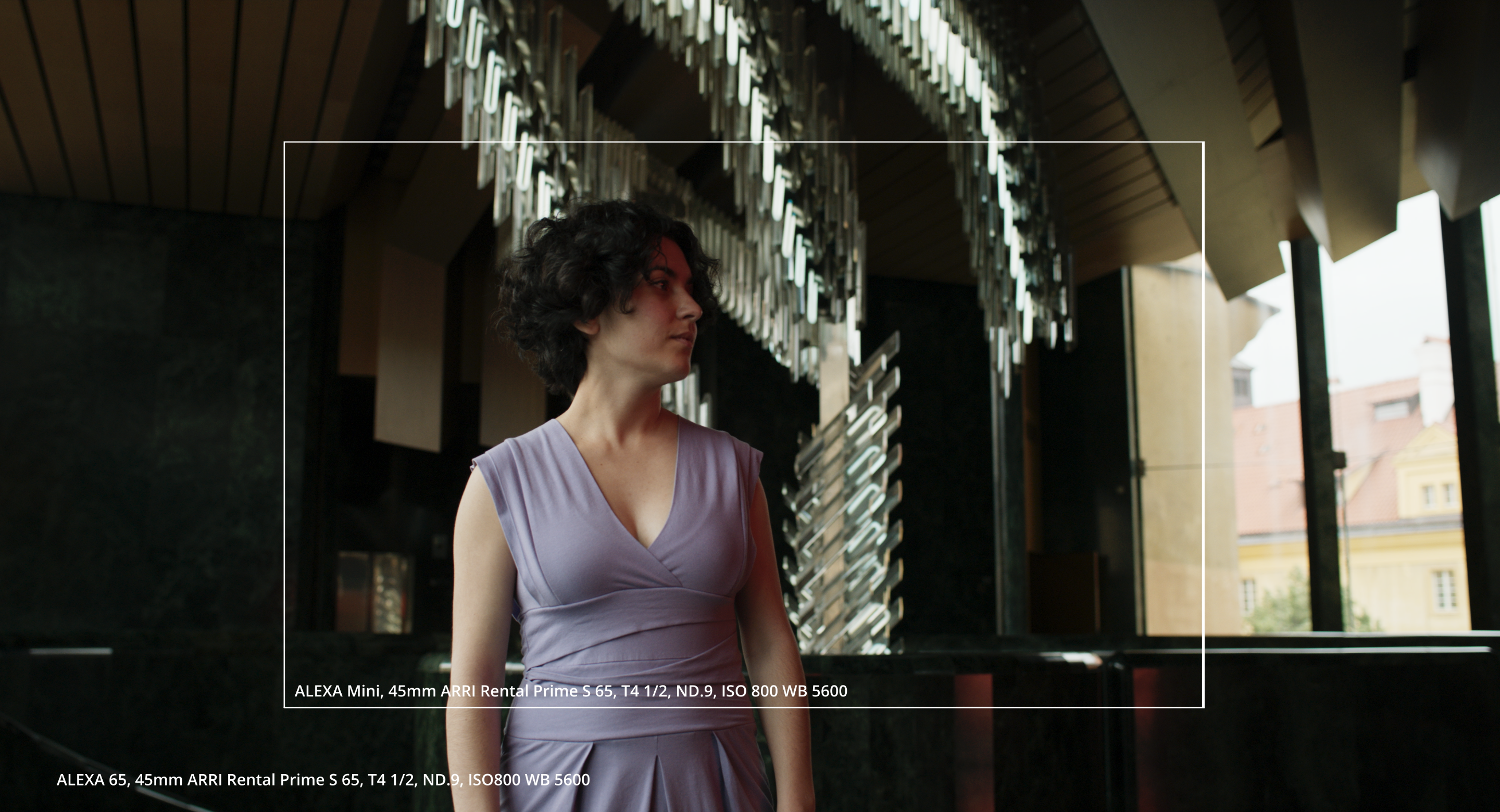The Large Format and its Impact on Film Language
Abstract
Different formats have existed since the very early days of cinema, from 8mm film all the way to 70mm and IMAX, and they have constituted an important decision for cinematographers and filmmakers. Of those, the large format, defined today as any size bigger than the standard Super 35mm, was originally used for visual effects, or for more epic films of greater scale. Nowadays, since the introduction of the digital large format cameras in 2014, it has been taking up a bigger share of film productions, as filmmakers are increasingly opting for them, since they have been made more compact accessible. No longer limited to a certain type of productions or genres, the large format can be seen used on superhero action films, as well as intimate dramas.
As the large format has grown in popularity, it has also taken up a bigger share of discussions within the film industry, with many filmmakers, as well as camera manufacturers, making a case for it. However, with a lack of in-depth research on the large format digital sensor, the debate is filled with various misconceptions and PR-driven descriptions. This study aims to offer an in-depth technical and artistic analysis of the digital large format sensor, and the factors that are considered to make up the so-called “large format look”, by visually analyzing a comparative test between a large format camera, the ARRI Alexa 65, and a Super 35 camera, the ARRI Alexa Mini. Thus, it helps to understand the appeal of the large format sensor today, and whether the factors studied are a direct result of the larger size of the sensor.




